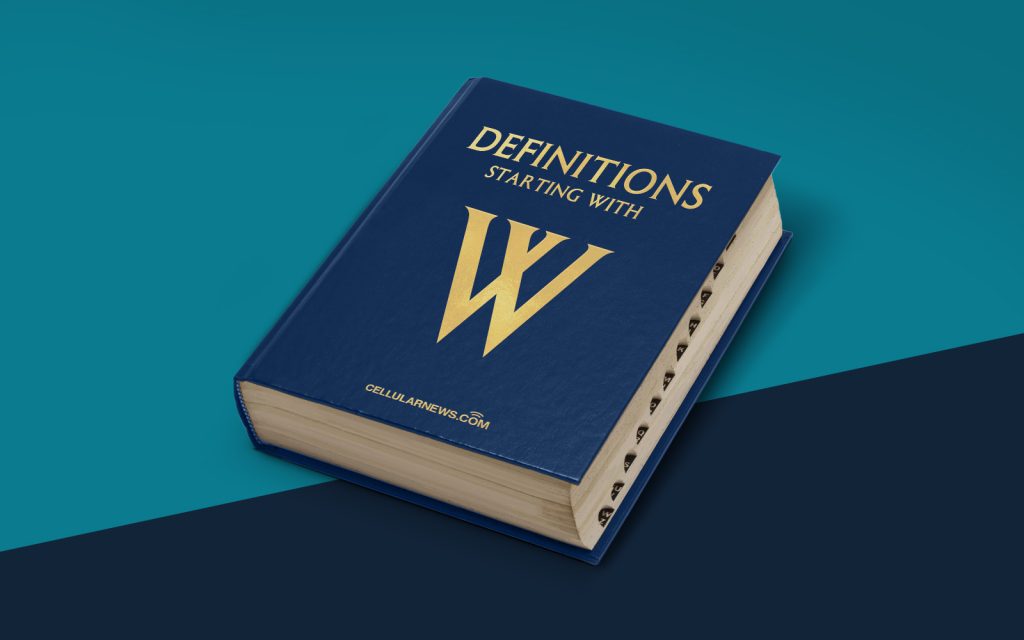
Understanding the Power of Web3: A New Era of the Internet
The internet has come a long way since its inception, evolving from Web 1.0 to Web 2.0, and now, we are on the brink of a new era – Web3. But what exactly is Web3 and what does it mean for the future of the internet? In this article, we will delve into the concept of Web3, its key features, and its potential impact on various industries. So, buckle up and get ready to explore the exciting world of Web3!
Key Takeaways:
- Web3 is the next generation of the internet that integrates blockchain technology and decentralized platforms.
- Web3 aims to give users more control over their data and foster a more open and transparent digital ecosystem.
What is Web3?
Web3 is the next generation of the internet, characterized by the integration of blockchain technology and decentralized platforms. It aims to give users more control over their data, enable peer-to-peer transactions, and foster a more open and transparent digital ecosystem. In Web3, individuals have the ability to own and manage their data, rather than relying on centralized authorities. This paradigm shift has the potential to disrupt traditional industries and reshape the way we interact with the digital world.
Features of Web3
Web3 is not just a buzzword, but a powerful concept that brings forth a range of features and possibilities. Here are some key features of Web3:
- Decentralization: One of the defining features of Web3 is decentralization. Unlike Web 2.0, where power is concentrated in the hands of a few centralized entities, Web3 empowers individuals by eliminating intermediaries and enabling direct peer-to-peer interactions.
- Blockchain Technology: Web3 leverages the power of blockchain technology to ensure the security, transparency, and immutability of data. Through the use of smart contracts and decentralized applications (DApps), Web3 allows for trustless and verifiable transactions.
- Data Ownership: In Web3, individuals have the ability to own and control their data. This means that users can choose what data to share, who can access it, and how it can be used. This gives users greater privacy and control over their digital identity.
- Interoperability: Web3 aims to create a seamless and interconnected digital ecosystem where different platforms and DApps can interact and share data. This allows for greater collaboration and innovation, fostering the growth of the overall Web3 ecosystem.
- Cryptocurrencies and Tokenization: Web3 introduces the concept of cryptocurrencies and tokenization, enabling new forms of value exchange and incentivization. Through the use of blockchain-based tokens, users can participate in decentralized economies and be rewarded for their contributions.
Impact of Web3
Web3 has the potential to disrupt various industries and revolutionize the way we transact and interact online. Here are some areas where Web3 is expected to make a significant impact:
- Finance: Web3 is expected to transform the financial industry by eliminating intermediaries, enabling secure and fast cross-border transactions, and empowering individuals to have full control over their digital assets.
- Healthcare: Web3 can improve healthcare by securely storing and sharing medical records, facilitating telemedicine, and enabling patients to have more control over their health data.
- Ownership and Sharing Economy: Web3 can revolutionize the ownership and sharing economy by enabling peer-to-peer transactions without the need for intermediaries. Through blockchain-based platforms, individuals can share assets, such as cars and houses, directly with others, eliminating the need for traditional middlemen.
- Supply Chain Management: Web3 can enhance supply chain transparency and traceability by utilizing blockchain technology. This can help reduce fraud, ensure product authenticity, and promote fair trade practices.
- Art and Entertainment: Web3 can disrupt the art and entertainment industry by enabling artists to sell their work directly to consumers, eliminating the need for galleries and intermediaries. Additionally, blockchain technology can ensure the authenticity and provenance of digital artwork.
As Web3 continues to evolve and gain traction, it is important for individuals and businesses to stay informed and adapt to this new digital landscape. Embracing Web3 has the potential to unlock new opportunities and transform industries, paving the way for a more inclusive, decentralized, and user-centric internet.
